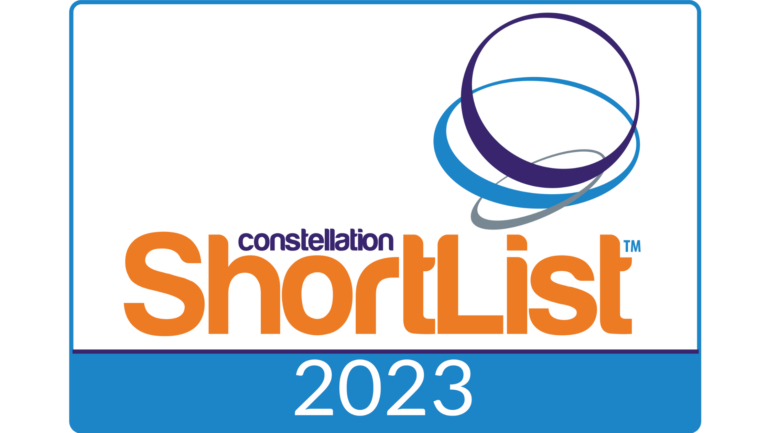America’s older population continues to grow at an unprecedented rate. There are a record 50 million seniors (65 years and older) living in the United States, and this number is expected to reach 70 million by the year 2030. With the increase in the number of older Americans comes the increase in the need for geriatric care. As our population lives longer, it is expected that we will see increasing numbers of those diagnosed with multiple chronic conditions such as diabetes or Alzheimer’s.
According to a report from the Alliance for Home Health Quality and Innovation (AHHQI), a patient’s home is likely to become the center of care delivery over the next few decades. The study detailed the organization’s vision for the future of home health, proposing that over the next few decades, the home is likely to become the center of home health care delivery. The AHHQI outlined what they believe will be the “four pillars” of the future of home health. By focusing on these four pillars, home health agencies (HHAs) will have the opportunity to meet the challenges of a constantly changing healthcare landscape, and effectively fulfill their obligation to patients and their families.
The four pillars for the future of home health care, established by the AHHQI, are as follows:
- Deliver Care That is Patient-Centered and Responsive to Individual Patient Needs:
The need to individualize care has increased over the years due to changing reimbursements and consumer preferences. While meeting the goals of medical care remains a priority, meeting the specific needs and preferences of patients should be highly considered. HHAs are being held accountable for working with patients and their loved ones to ensure that the care being provided is done concerning the patient’s preferences.
- Provide Seamlessly Connected and Coordinated Care:
Care coordination is a top priority across the continuum. The industry’s shift toward value-based payments and care encourages the entire team, from community resources to physicians, to communicate and work together. Because seniors generally see various physicians, often at different locations, it is especially vital their care is connected and coordinated. Since home health providers often work with patients after discharge from the acute setting, there is a clear opportunity to take the lead in care coordination. By taking this lead, agencies can serve as a liaison between patients and providers, sharing valuable information that can help reduce unnecessary re-hospitalizations and improve quality of care.
- Prioritize High-Quality Care:
With the transition to value-based care and the recent revisions to the Conditions of Participation for Home Health (CoPs), CMS has made quality care a priority across the entire continuum. Although most individuals who receive home health services are elders and may have various chronic diseases, HHAs are still tasked with the expectation to provide high-quality care. By improving services for the growing senior population, especially for patients with chronic conditions, agencies can tailor resources to address individual patients’ needs and challenges sooner, leading to greater cost efficiencies and improved outcomes.
- Implement Effective Technology:
Technology is changing the world, and health care is no exception. Across the care continuum, providers understand the importance of implementing technology to deliver customized, consistent, and top-quality services to patients. However, while technology is essential, it can also create difficulties. The biggest challenge being cost. As wages rise, Medicare reimbursements get cut, and competition rises, HHAs are already having to learn to operate on tight margins. Being that Medicare does not generally reimburse for technology, it is imperative to find a return on investment in technology investments.
It’s clear that to sustain quality, affordable health care for the aging U.S. population, the home health industry will need to continue to evolve to meet changing regulations and consumer preferences. With increasingly more seniors preferring to “age in place”, their care will have to be delivered there as well. Not only does this mean that more home health services will be required, but with reimbursement cuts, and as low wages making it difficult to recruit a new generation of caregivers, the pressure will become intense.
In the coming years, home health providers may feel the pressure from their acute referral partners to fulfill a wider variety of functions. By focusing on these four pillars, an agency will be able to provide quality patient care and take action to meet obligations as necessary.
Interested in reading the full report? Click Here.








